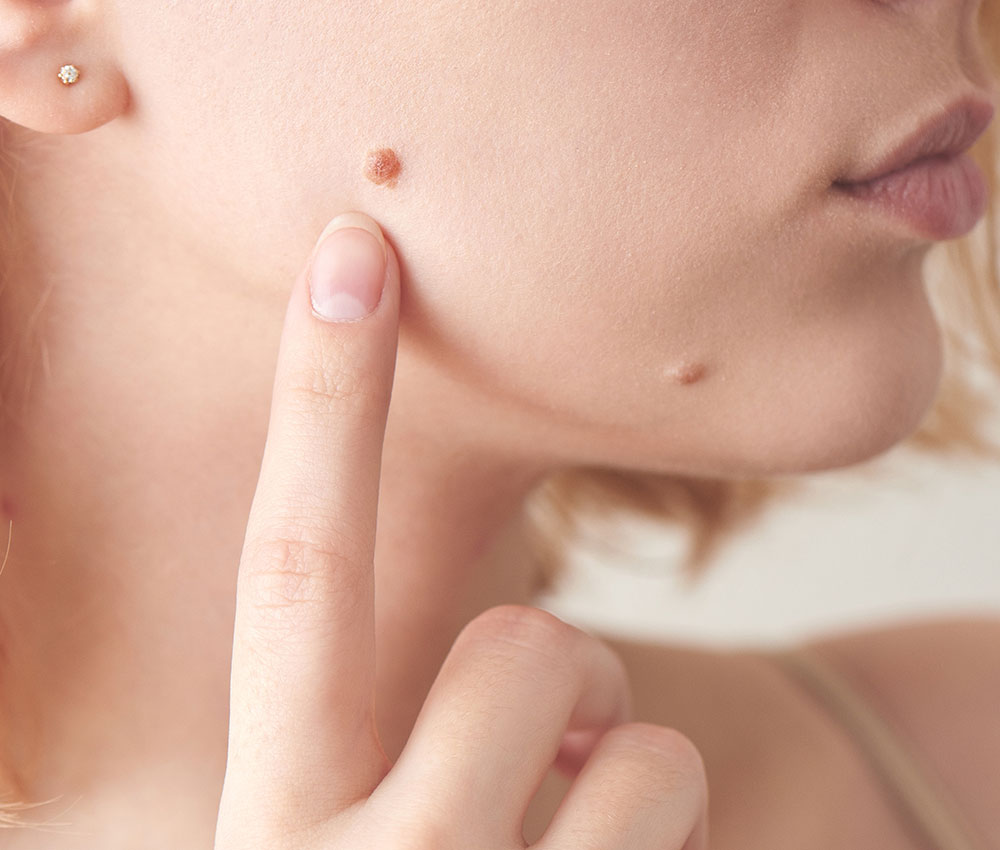Remove Mole


Moles, those seemingly harmless spots on our skin, can be more than just a cosmetic nuisance. While some are congenital, others appear later in life and come in a variety of types. Some moles can even pose a risk for skin cancer and require evaluation by a competent plastic surgery physician.
To prevent the possibility of skin cancer or other complications, it is essential to undergo the mole removal process. But how do you know when it’s time to take action? If a mole is larger than 0.5 cm, has irregular edges, contains both dark and light colors, and has recently grown compared to its normal state, it’s important to have it evaluated.
Moles can be removed for diagnostic, treatment, comfort, and aesthetic purposes. However, it’s crucial to have them examined by a specialist to determine whether they are benign or malignant. The procedure can be performed quickly under local anesthesia and is generally completed in 10-15 minutes.
There are many types of moles, including meat and spot moles, and the removal process can vary depending on the type. Some methods include electrocautery, cryotherapy, mole surgery, radio frequency, and laser. However, it’s important to choose a qualified professional to perform the procedure to avoid complications and negative results.
Don’t wait until it’s too late to have your moles evaluated and removed if necessary. Take control of your skin health and consult with a specialist to ensure a safe and effective procedure.



